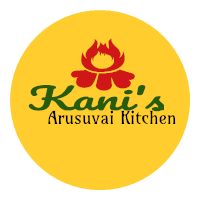Cooking is not only an art but also a science. After started cooking, I learned a lot of things. The food should be tasty, quantity should be enough for all, at the same time it should not be wasted and should be healthy. It was not just a list of monotonous things like this that made me realize how difficult it is to cook for others. This salt thing here is something that hunts down our policy of being healthy and tasty. If salt accumulates, the mouth starts blabbering before the stomach issues start.
When I start cooking newly, used to call my mother, "What to do if salt is more in the dish? ". She used to tell me that cut some potato and put it and mix. Then I told her "Actually the salt is more in the potato fry only". This potato technique was not used then and today. Please check the salt level while cooking. You know everything I have to say.
Below are the tactics I learned.
Sambar and Broth Type recipes-
Adding tamarind extract and ground tomato puree can be done immediately. You can boil and pour lentils in sambar varieties. Add a teaspoon of jaggery with sambar powder if a little salt is added more. All these should be mixed with water and added.
Frying types recipes -
While the vegetables are boiling, pour water over them and discard it without anyone noticing (add this water to low-salt dishes like sambar or soup, or rasam). Then if it is shallow fry, add coconut powder and if it is fried, add whatever masala powder you can and stir well without forgetting not to add the salt again.
Soup or Rasam-
Grind the tomatoes and pour over any kind of rasam and add tamarind water. If it is tomato rasam then just add tomato juice. Add a little rasam powder. Doing all this will give two benefits. One can reduce the salt and the other will increase the quantity of dishes you make (if it is a more, practice to store and eat).
Dear Foodies! No one adds extra salt intentionally. Forgive them for a couple of times. If you eat too much salt, you will get angrier. So are you cooking ?? !! Be safe !!




0 Comments